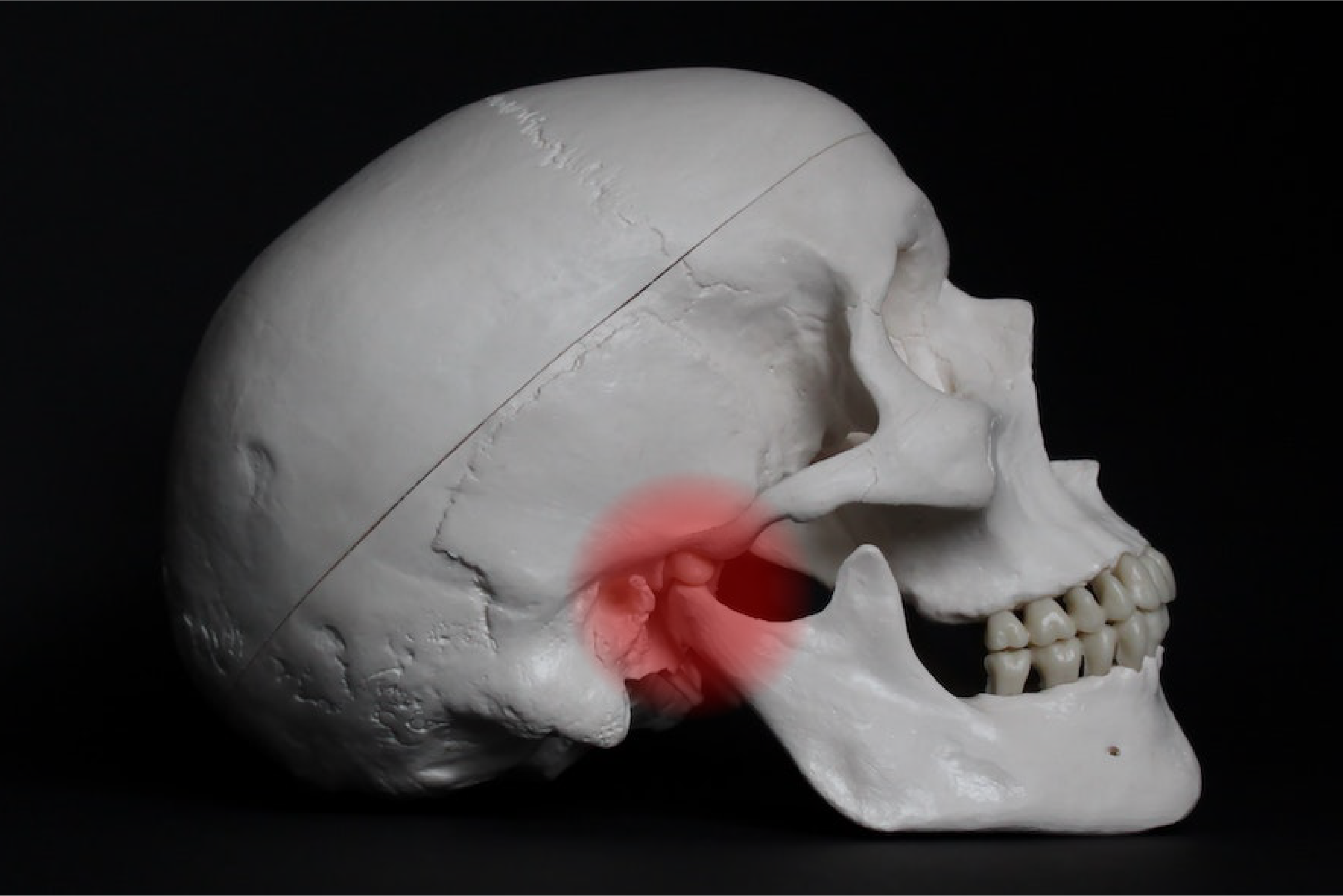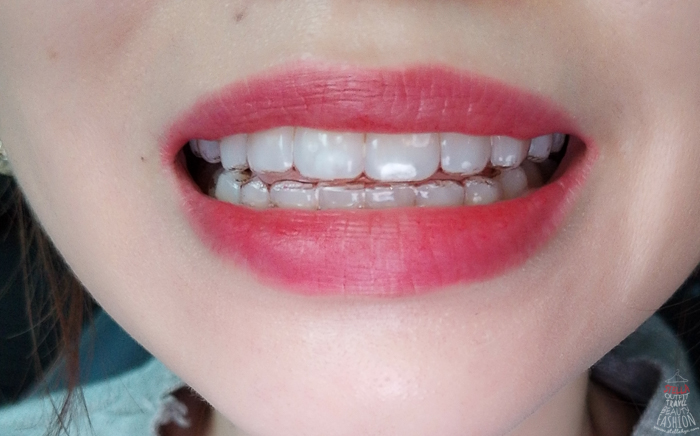Kids start to lose their baby teeth around the age of 5. The last ones fall out by about age 12. Parents sometimes worry if they see their kids’ permanent teeth coming in crooked. And while some teeth might need straightening, it is important to remember that children in this age range are still growing. Some crookedness will even out on its own.
Ideally, a child should start having dental checkups as a toddler to prevent cavities and to monitor growth and development. When this is the case, the dentist will be aware of any crooked teeth (or other alignment issues) from the start. But if parents have waited, they should definitely make an appointment when adult teeth start to come in—especially if they are crooked.
A visit to the dentist is the best way to get advice about whether to take action or take a wait-and-see approach.
Why are Permanent Teeth Coming in Crooked?
There are a number of causes of crooked adult teeth. For grown ups, teeth may shift a bit over time. Most of the time, though, it takes something serious to make them move completely out of position. Gum disease may loosen teeth, and a blow to the mouth or other trauma may jolt them out of place. A missing tooth can make the rest of the teeth move to fill in the gaps. Very crooked teeth might need braces, a plastic aligner system like Invisalign, or possibly dental implant surgery to fix.
Like adults, kids’ permanent teeth coming in crooked could also be from decay or trauma. Many parents do not realize how important it is to keep baby teeth healthy. Cavities and gum problems can make baby teeth fall out before they should. This might cause new teeth to come in misaligned.
The opposite can happen too. Sometimes a baby tooth will not fall out. It can be impacted, which means it is blocking a permanent tooth. The new tooth continues to push against it and might pop through the gum sideways or in the wrong spot.
In some cases, a child’s jaw is too small to fit the new, bigger adult teeth. As they come in they crowd together and turn. Or, the jaw bones themselves might not line up properly. This is called a malocclusion, more commonly known as an overbite, underbite, or crossbite. When this happens, the upper and lower jaw do not line up as they should when the child bites down.
Some childhood behaviors can also be responsible for crooked adult teeth. Thumbsucking, extended pacifier use, or the habit of tongue thrusting against the front teeth can all permanently move teeth out of alignment.
Crooked Teeth Can Lead to More Serious Issues

An imperfect smile is not the only problem with crooked adult teeth. People can have serious dental health problems when misalignment is bad.
Very crooked or crowded teeth can affect a child’s speech development as they learn to talk. If they can’t close their mouth completely due to an overbite, they might have trouble breathing, especially at night. When teeth are too close together or turned at different angles, keeping them clean is difficult too. Not brushing and flossing well means a greater chance of cavities and gum disease.
In the worst cases, patients might have trouble chewing, jaw pain, and a condition called temporomandibular joint disorder (TMJ).
Many people go their entire lives with crooked teeth and never develop a serious problem. Every situation is unique. There is a chance that as a child’s jaw grows, their teeth might even out and straighten on their own. If they do not, or if the misalignment is extreme, some type of orthodontic treatment might be necessary.
What Can Be Done About Crooked Adult Teeth?
The first step for crooked teeth is to consult with a dentist. In a typical exam, the dentist will take x-rays in addition to looking at the teeth and seeing how the jaws line up. They should be able to determine if the problems are likely to work themselves out as the child grows.
For young children, the advice is often to wait and see unless they are in pain or are having trouble talking or eating. Over the course of the next year or two, the dentist can monitor whether the problems are improving or getting worse.
According to the American Association of Orthodontists, the ideal age to screen children for possible orthodontia is 7 years old. By then, most kids have enough adult teeth to determine the extent of crookedness, crowding, and malocclusions and how likely it is to get better or worse.
An orthodontist may suggest any of the following things—or a combination—to fix crooked teeth:
Braces

Metal, ceramic, or clear braces are the most common choice for straightening teeth for children. Lingual braces attach to the inside of the teeth, but they need enough room to fit. Most kids do not have big enough teeth for lingual braces. Some orthodontists wait until the patient is about 10 years old, but many children as young as 7 get braces. They are the most effective tool for almost any issue of crookedness or crowding. They also work well for correcting malocclusions.
Retainers and Headgear
Retainers and headgear are often used along with braces. Headgear during treatment and retainers after the braces are removed. A retainer might be all that is necessary for some mild cases of crookedness.
Palatal Expanders
Children or adults with a “narrow smile” where the arch of their teeth is small, might need a palatal expander. The expander is attached to the back teeth and across the roof of the mouth. The device is gradually adjusted to push outward, widening the top jaw. After the jaw is expanded, braces might still be necessary to move the individual teeth into alignment.
Extraction
Missing teeth can worsen crookedness, but sometimes pulling one or more teeth is necessary. Dentists might remove baby teeth to allow an adult tooth to erupt.
Invisalign

Plastic aligner trays like Invisalign can fix mild to moderate crowding and crookedness. But aligners are not recommended for young children. Adults and older kids who have finished growing may prefer this method, as it is removable and less noticeable than braces.
Find Out What Is Best For Crooked Adult Teeth
Permanent teeth coming in crooked are not always a concern. Plenty of people do not have perfectly even teeth and never have a serious dental issue.
When kids have new permanent teeth that are severely out of line, parents should consult with their family dentist. They will suggest waiting if they think that the problem might resolve by itself. Otherwise, they can refer the child to a local orthodontist for a consultation.
Our online database of dentists and orthodontists can help you find a dental professional in your area who can help.


